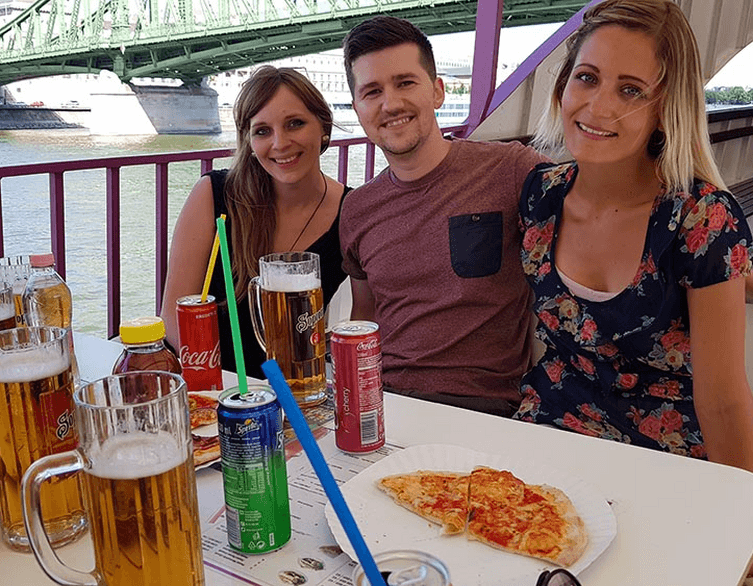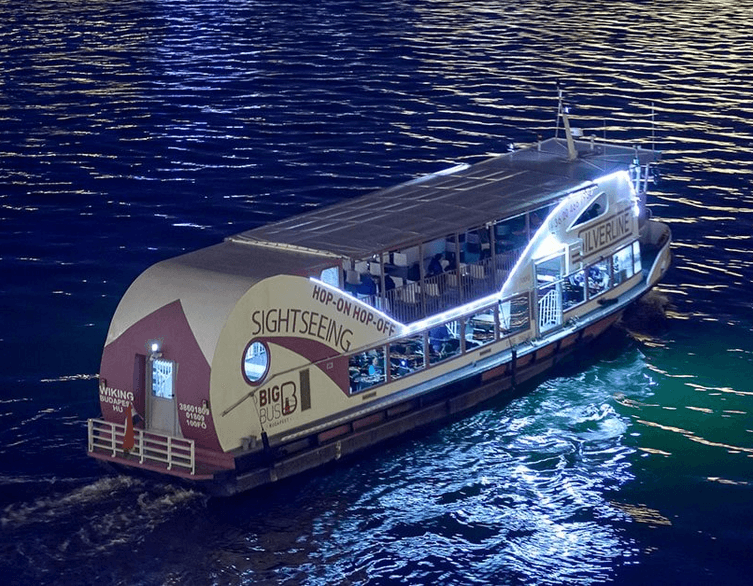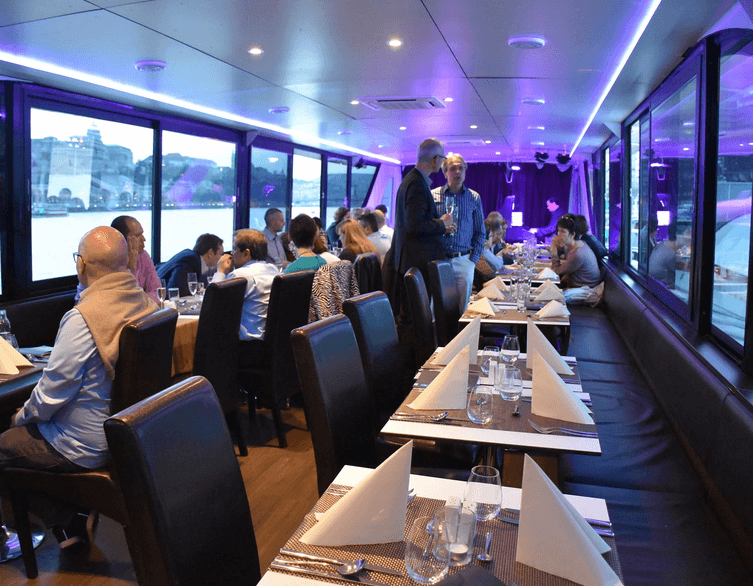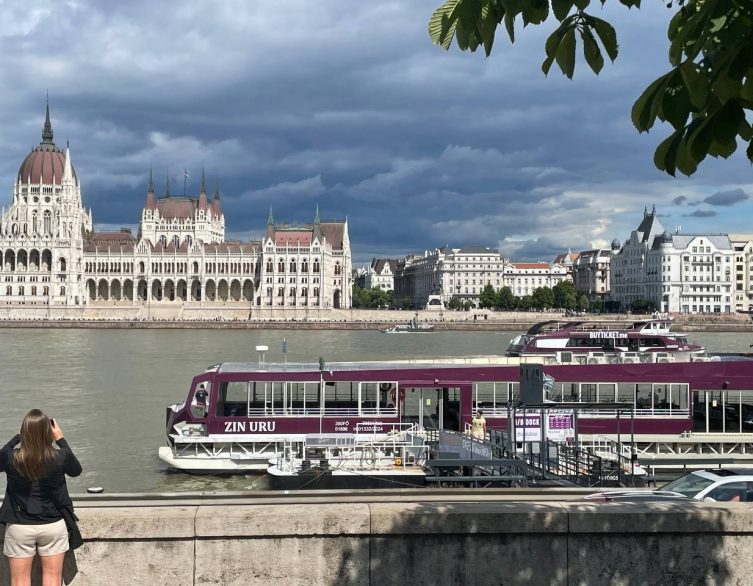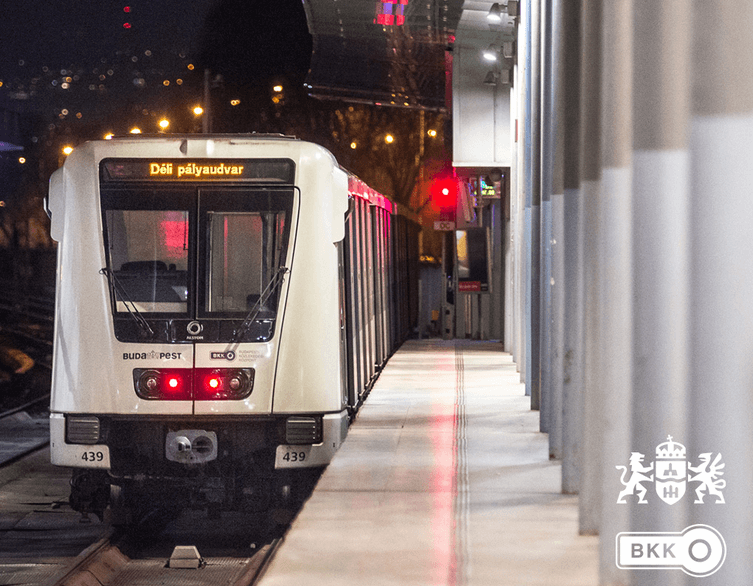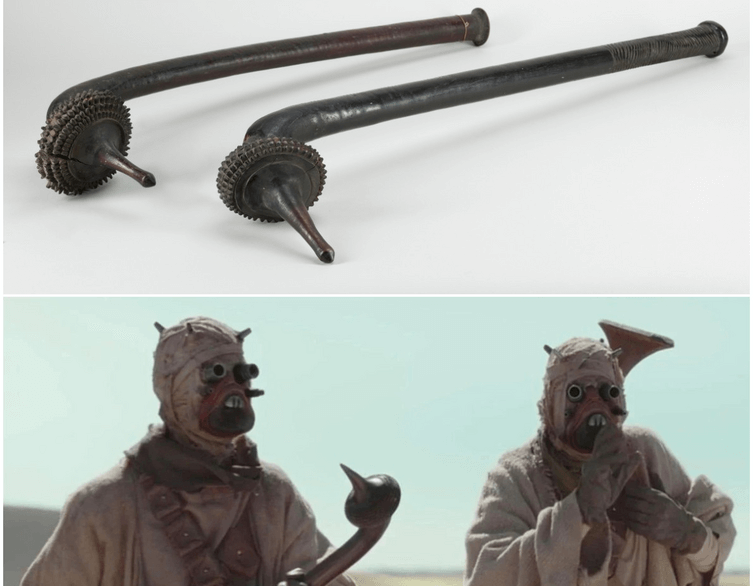Budapest’s Revitalized M3 Metro: A New Era Underground
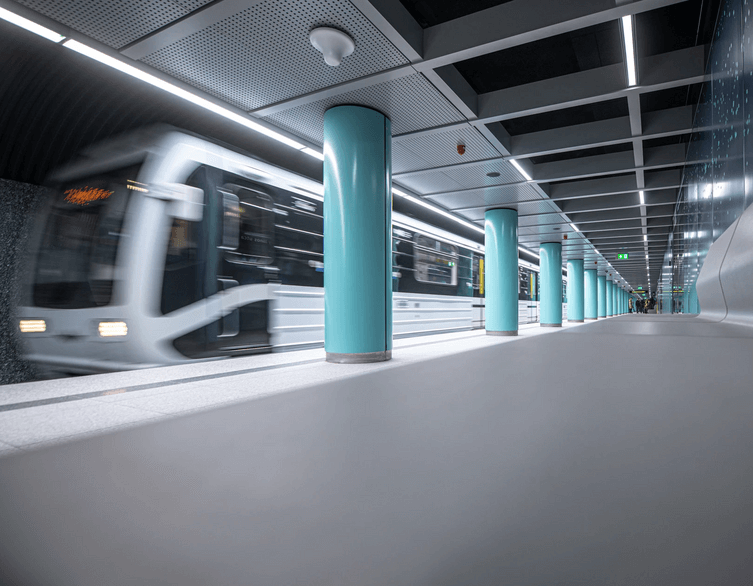
If you’re planning a trip to Budapest, there’s an essential part of city life you’ll want to experience firsthand: the M3 metro line. As of spring 2025, Budapest is celebrating two years since the grand reopening of its busiest and most important metro artery, following a comprehensive, five-and-a-half-year renovation that has transformed both the city’s infrastructure and the everyday journeys of locals and visitors alike.
The Heartbeat of Budapest: Why the M3 Metro Matters
Stretching from Kőbánya-Kispest in the south to Újpest-központ in the north, the M3 metro line runs beneath the city’s vibrant center, connecting key districts, major railway stations, and bustling squares like Nyugati pályaudvar, Deák Ferenc tér, and Kálvin tér. For hundreds of thousands of people each day, the M3 is more than a means of transport—it’s the backbone of Budapest’s urban mobility. Without it, the city’s daily flow would simply grind to a halt.
The line’s importance is reflected in its staggering numbers: over half a million passengers rely on the M3 every day, with trains departing every two to five minutes during peak times. The six-car trains, affectionately nicknamed “pandas” for their black-and-white color scheme, whisk travelers across more than 16 kilometers in just over half an hour. For tourists, the M3 offers a fast, reliable, and eco-friendly way to reach many of Budapest’s most iconic sights, all while reducing surface traffic, noise, and air pollution.
Best deals of Budapest
A Monumental Transformation: Inside the Renovation
The need for a major overhaul was clear by 2017, as decades of use and groundwater infiltration had taken their toll on the tracks, tunnels, and stations. Maintenance was becoming a challenge, and technical issues often forced service suspensions or speed restrictions. The city embarked on one of its most ambitious public transport projects ever: a complete reconstruction of the M3 line, funded by the European Union, the Hungarian government, and the City of Budapest.
The project was epic in scope. Every one of the line’s 20 stations was closed and rebuilt, with upgrades extending to the tracks, tunnels, and all technical systems. The goal was not just to restore, but to reimagine the metro for the 21st century—making it safer, more efficient, and more beautiful than ever before.
For five and a half years, Budapest’s surface transport adapted to the challenge, with up to 1,600 replacement buses and trams running daily and covering more than 23 million kilometers. The logistical feat was immense, but the city’s resilience shone through.
Modern, Accessible, and Inspiring: The New M3 Experience
Today’s M3 metro is a showcase of modern urban design and accessibility. Every station has been made fully barrier-free, with new elevators and, at some of the deepest stations, special inclined elevators that are a rarity even by global standards. Passengers with limited mobility, parents with strollers, and travelers with luggage can now navigate the system with ease. Visual and tactile guidance systems, along with state-of-the-art passenger information displays, help everyone find their way.
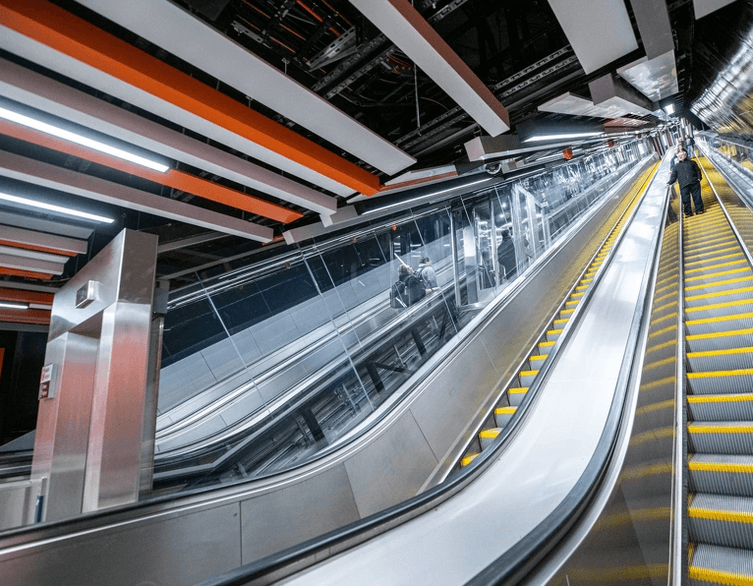
Image source: BKK
The stations themselves are brighter, more spacious, and visually striking. Each stop features a distinctive aesthetic, with modern finishes, artistic installations, and thoughtful lighting that turn the underground journey into a pleasant and even inspiring experience. Some stations have become canvases for public art, with new works and restored enamel panels adding a cultural dimension to the daily commute. The renewed spaces have even served as backdrops for creative projects, including a Star Wars-themed photo shoot that brought stormtroopers and Darth Vader to the heart of Budapest’s metro.

A Symbol of Progress and Community
The M3’s transformation is more than just a technical upgrade—it’s a symbol of Budapest’s commitment to sustainability, inclusivity, and urban quality of life. By moving people quickly and efficiently below ground, the metro helps reduce congestion and pollution on the city’s streets, making Budapest a greener and more livable metropolis.
The project has also been recognized for its architectural and engineering excellence, earning praise from professional bodies and international awards. Stations like Deák Ferenc tér have become landmarks in their own right, celebrated for their design and functionality.
Looking Ahead: Extended Service Hours and New Possibilities
The story of the M3 doesn’t end with the renovation. Responding to changing travel habits and the needs of both residents and tourists, Budapest is extending metro service hours on all lines, including the M3. Starting in June 2025, trains will run until around midnight on weekdays and until about 1 a.m. on weekends, giving you even more flexibility to explore the city’s nightlife, restaurants, and cultural events.
Riding the M3: A Must for Every Visitor
For foreign tourists, the renewed M3 metro is more than just a way to get from point A to point B. It’s an invitation to experience Budapest as locals do—efficiently, comfortably, and with a sense of connection to the city’s pulse. Whether you’re heading to a historic square, a trendy district, or simply enjoying the ride through Budapest’s underground, the M3 offers a window into the city’s past, present, and future.
So next time you’re in Budapest, step onto the M3 and discover a metro line reborn—modern, accessible, and ready to take you to the heart of everything this remarkable city has to offer.
Related news




